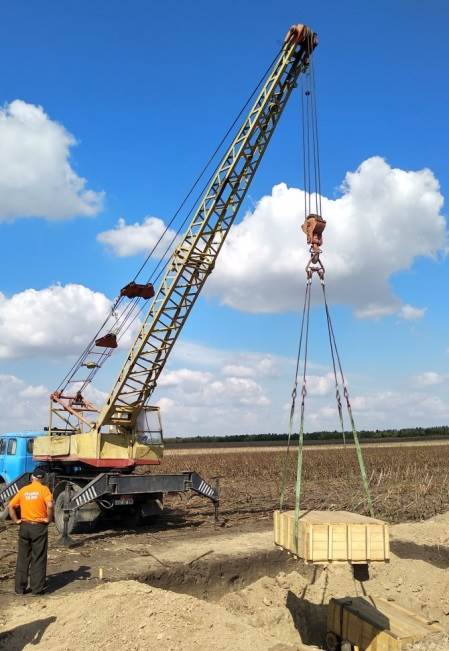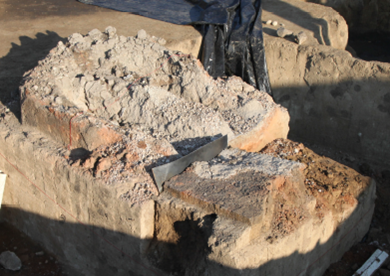Since 2009, the Roman Germanic Commission, in cooperation with local partners and the University of Kiel, has been conducting research on so-called ‘megasites’ of the Cucuţeni–Trypillia-Culture in Moldova and the Ukraine. During the Copper-Age, i.e. the 4th millennium BC, settlements of a size that had never been reached before developed in this area. For several years, magnetometry surveys have been carried out at such settlement sites in order to visualise hidden structures and remains at high resolution and across large areas. Based on this data, an application for World Heritage status for these ‘megasites’ is currently in preparation. The large settlements of the Cucuţeni–Trypillia-Culture are estimated to have accommodated around 10.000 people. This would have formed a new societal challenge that made new qualities and levels of social institution a prerequisite. Interestingly, the settlements of this size lasted for only 2-3 generations; the phenomenon of ‘megasites’ as a whole disappears entirely around the mid-4th millennium BC.
Building on survey data, the project is conducting joint excavations with colleagues from the „High Anthropological School“, Chișinău, at Stolniceni in Moldova. These do not take the form of large open area excavations, but are targeted at specific structures such as pits, houses, ditches, paths and roadways and, in particular, pottery kilns that can be identified on the basis of the magnetometry plot. A key aim of the project is the development of pattern recognition and matching processes in geophysical survey data. In the case of Stolniceni, the particular focus is on the identification of specific types of structures in anomaly mapping. Over the last years, this approach led to the identification of 10-15 Copper-Age pottery kilns, three of which have been documented in detail through excavation to date.

In 2018, one such kiln was not excavated and studied on site. Instead, it was lifted as a block and transported to the National Museum at Chișinău for further study. As part of the process, the kiln was cut into two separate blocks and stabilised. On 12.9.18, it was lifted with a mobile crane and packed for transport. In future, the kiln will form part of the permanent exhibition of the National Museum.
In a joint project with an association called “Die Milzener”, a kiln based on the data from Stolniceni was reconstructed at Vierkierchen in Saxony, Germany. Since 2018, this has been fired successfully, and in June 2019, as part of a successful experimental archaeology trial, first ceramic vessels were produced.
Find further details on “Crossing Borders”, please klick here
